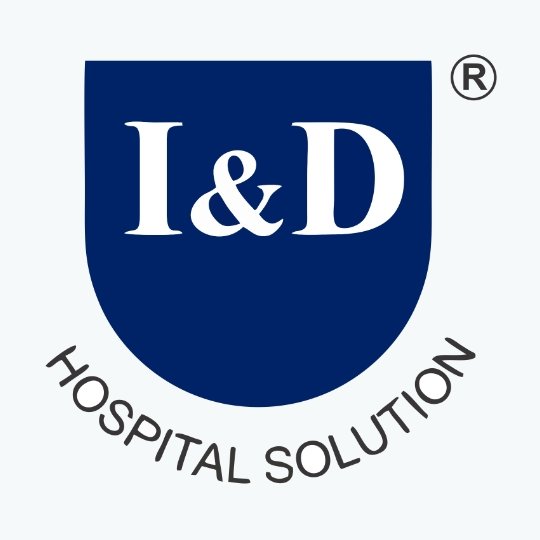State Medical Health Situation in India
- 24/12/2018
- Posted by: admin
- Category: Blogs

Health systems and polices have a serious role in formative the manner in which health services are delivered, and affect health outcomes. ‘Health’ being a state subject, despite the issuance of the guidelines by the central government, the final opportunity on implementation of the initiatives on newborn care lies with the states.
Health Situation in India
India is depiction the world attention, not only because of its population explosion but also because of its existing as well as rising health profile.
Some progress has been made since independence in die health status of the population.
Health status is one of the significant indicators of social and economic well being.
Health Service Scenario in India
India was once of the leading nation in Health Service Planning with focus on primary healthcare. Development in the health status of the population has been one of the major propel areas for the social improvement programmers of the country. This was to be achieved through improving the access and utilization of health, family welfare and nutritional services with main focus on underserved and under privileged segments of populations. Major liability of infrastructure and man power building rest with the State Government supplemented by funds from the Central Government and outside assistance. Major disease control programmers and Family Welfare Programmers were funded by the Central Government and implemented through the State Government infrastructure.
The food supplementation programmers for mother and child were implemented by the state through ICDS (Integrated Child Development Services) infrastructure funded by die Central Government Safe drinking water and sanitation facilities were essential pre-requisite for health. From the time of independence health structure was mainly urban based and patients came there for hospitals and clinics provided for this. Limited services were in the rural areas, from the First Five year Plan Central and State Government made efforts to build up three tier health care system and link them through appropriate means and modes.
The National Health Policy (NHP) adopted in 1983 reaffirmed India’s commitment to “Health for All” within a context of social justice and democratization. The NHP gave a general exposition of the policies required recommendation in die circumstances than prevailing in the health sector. The overall goal of the policy is the universal provision of comprehensive primary healthcare services which are relevant, affordable by the people and the nation.
The policy envisages that the achievement of this goal will require :
(a)Re organization of the health service infrastructure,
(b)Major modifications in the existing system of medical education and paramedical training, and
(c) Integration of health plans with efforts in health related sectors and even with socio-economic development processes.
The recommendation of NHP will attempt to maximize the broad based accessibility of health services to the voters of the country on the basis of realistic consideration of capacity. The main objective of the policy was to achieve an acceptable standard of good health amongst the general population of the country. The advance would be to increase access to the decentralized public health sectors by establishing new infrastructure in deficient areas and by upgrading the infrastructure in the existing institution. Overriding importance would be given to ensuring a more equitable access to health services, access the social and geographical expanse of the country. Emphasis will be given to increasing the aggregate public health investment through a substantially increased contribution by the Central Government It was expected that this initiative will strengthen the capacity of public health administration at the state level to render effective service delivery. The contribution of the private sector in providing health services would be much enhanced particularly for the population group which can afford to pay for services. Primacy will be given to preventative and first line curative initiatives at the primary health level through increased sect oral share of allocation. Emphasis with be given on rational use of drug within the allopathic system. Increased access to tried and tested sector of traditional medicine will be ensured. Within these broad objectives NHP2002 will Endeavour achieve the time bound goal.



